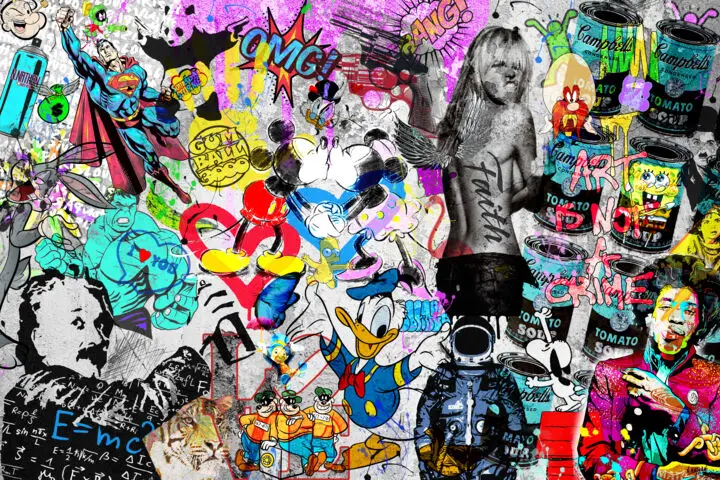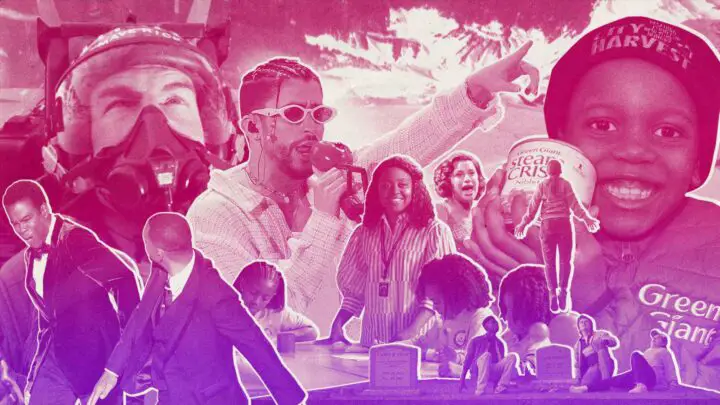Beyond the Chase: Bail Bonds in the Cultural Spotlight

A bail bond is a contractual agreement between a bondsman and a defendant or the defendant’s representative, in which the bondsman guarantees payment of the defendant’s bail to the court. If the defendant fails to appear at court as scheduled, the bond amount is forfeited. Historically, the concept of bail has its roots in medieval England, a system designed to ensure a defendant’s appearance in court in exchange for temporary freedom. Over time, as societies developed and media became more prevalent, the bail bond system began to find its way into the cultural narratives of movies, television shows, and novels, becoming an often dramatized, misunderstood, and compelling element of the criminal justice system in pop culture.
This article explores the portrayal of bail bonds in popular culture, analyzing its influence on the public’s perception, and elucidating the difference between reality and fiction. By exploring iconic characters, common tropes, and the broader impact of these portrayals, we will discuss how bail bonds have been represented in various media and the implications of such portrayals on the real-world industry. While pop culture has amplified the intrigue and drama surrounding bail bonds, there exists a need to distinguish between cinematic portrayal and the realities of the bail bonds system.
The Role of Bail Bondsmen in Pop Culture

In popular culture, particularly within movies, TV shows, and books, the bail bondsman has often been portrayed with a veil of intrigue, danger, and mystery. Historically, they’ve been depicted as shadowy figures operating on the fringes of the law, weaving through the gritty underbelly of cities in pursuit of those who skip bail. However, as storytelling has evolved, so too has the representation of bail bondsmen. Modern portrayals often showcase them as complex individuals balancing moral dilemmas, personal relationships, and the demands of their profession. This shift reflects a broader move in the media to humanize and add depth to characters who were once pigeonholed into one-dimensional stereotypes.
Iconic Bail Bonds Characters in Film and Television
Iconic characters have a way of defining and reframing an entire profession in the eyes of the public, and the world of bail bonds is no exception. Max Cherry, the calm and introspective bondsman from Quentin Tarantino’s “Jackie Brown,” challenges earlier cinematic stereotypes, presenting a modern portrayal of a professional deeply entwined in the moral ambiguities of his trade. In contrast, Stephanie Plum, the quirky protagonist from Janet Evanovich’s bestselling book series which was later adapted to film, offers a lighthearted and often comedic take on the profession, handling her cases with a mix of determination and clumsy charm. These central figures are complemented by other memorable characters like Bobo Justus from Elmore Leonard’s novels or Eddie Moscone from the movie “Midnight Run,” each adding layers of complexity and humanity to the bail bonds narrative in pop culture.
Tropes and Themes in Bail Bonds Pop Culture

Within bail bonds pop culture, several recurring tropes and themes stand out, shaping the narratives and deepening the intrigue. At the forefront is “the hunt,” an adrenaline-charged chase where bondsmen relentlessly pursue those who’ve evaded the judicial system, a motif often infused with suspense and danger. Simultaneously, there are relationship dynamics that unfold on screen, showcasing the web of trust, betrayal, and collaboration between bondsmen, their clients, and the law enforcement agencies they sometimes work alongside or against. However, it’s the undercurrent of redemption and moral quandaries that truly humanizes these narratives. Bondsmen, often portrayed as gatekeepers, find themselves torn between their duty and their empathy, oscillating between roles of authority and dispensers of mercy, leading to thought-provoking storylines that blur the lines between right and wrong.
Bail Bonds in Music and Literature
The influence of bail bonds transcends the screen, making notable appearances in music and literature, further enriching its cultural imprint. Numerous songs across genres have weaved tales of characters seeking bail, using the motif as a symbol for freedom, desperation, or the challenges of navigating the justice system. These lyrical narratives often provide social commentaries or personal reflections, offering listeners insights into the struggles tied to the bail process. Similarly, literature — be it novels, short stories, or nonfiction accounts — are a cultural representation of bail bonds. Through written narratives, authors have the opportunity to craft more layered and detailed portrayals, exploring the ethical dilemmas, societal implications, and personal dramas associated with the bail bonds industry. Whether it’s a catchy refrain or a compelling plot twist, bail bonds remain a powerful narrative tool in both music and literature.
Impact on Public Perception

The portrayal of bail bonds in pop culture holds significant sway over public perception because media, in its various forms, is a primary source of information and entertainment for many people. When a narrative or stereotype is consistently presented across different media platforms, it tends to shape the collective consciousness of the audience. For instance, when bail bond agents are routinely depicted as shady or operating in morally gray areas, viewers and readers may unconsciously associate these characteristics with real-world bail bond agents, even if they have never personally interacted with one. This can lead to a general mistrust or misunderstanding of the industry as a whole.
Since pop culture often prioritizes dramatic, engaging storylines over job-specific accuracy, it can result in an oversimplified view of the bail bond industry. This lack of depth and understanding might prevent the public from appreciating the complexities and challenges within the system or recognizing the legitimate and beneficial roles that bail bond agents play. Over time, these consistent portrayals can cement certain biases, leading to policy decisions, laws, or regulations based on misinformed perceptions rather than on well-researched facts and comprehensive understanding. In essence, pop culture’s influence can have tangible real-world consequences on industries and the people they serve.
The portrayal of bail bonds in popular culture serves as a testament to its relationship with society, reflecting both our fascinations and misunderstandings of the justice system. While cinema, music, and literature amplify the drama and dilemmas associated with the profession, it’s imperative to discern fact from fiction, appreciating the genuine contributions and challenges of real-world bondsmen. Only through informed engagement can we fully appreciate the depth and significance of the bail bonds industry, in both our cultural narratives and real-life judicial processes.
